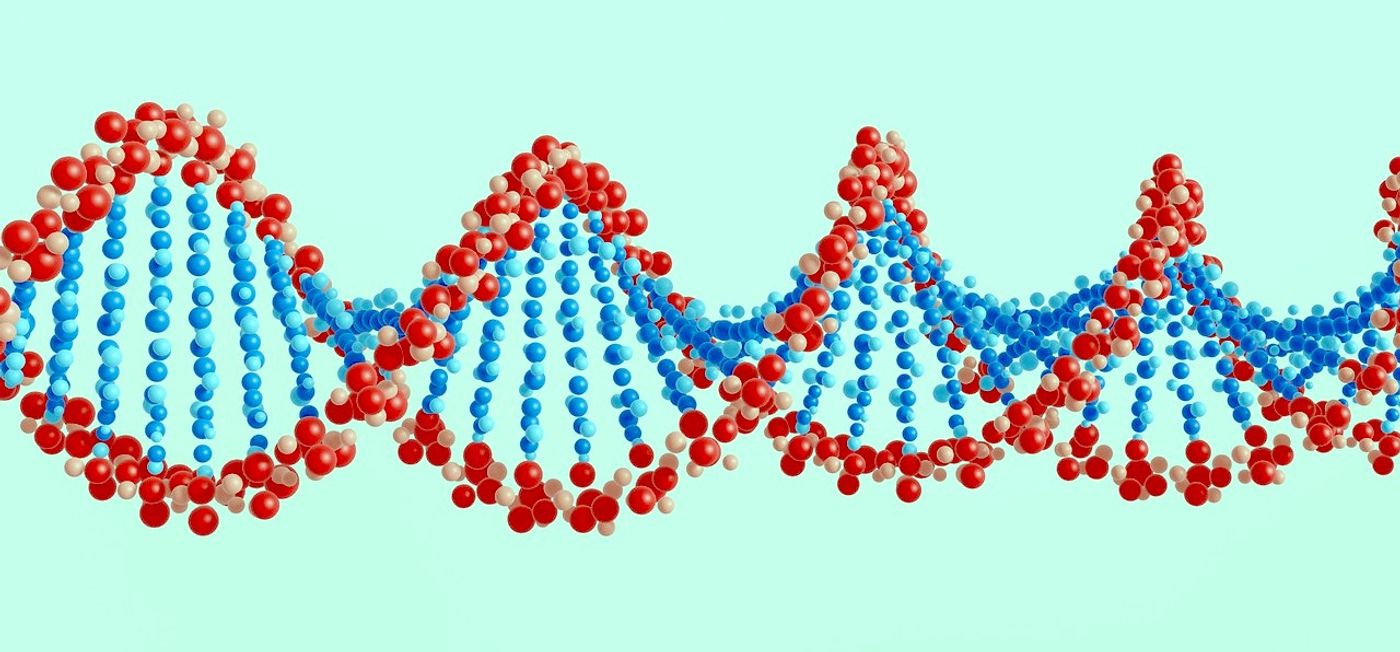How the CRISPR Gene Editor Can Activate Protein Scissors
The CRISPR/Cas9 gene editing tool has changed biomedical research, and has even been used in the clinic in a few cases to treat, or attempt to treat, disease. CRISPR comes from a kind of bacterial immune defens system. The many microbes of the world have been in competition for eons, and some viruses, called bacteriophages, can infect bacteria. Bacteria, in turn, have ways to defend themselves from those bacteriophages, one of which is CRISPR. In CRISPR, the bacterial cell can dice up a viral invader, and then install portions of the viral genome into its own, as a kind of memory of the infection.
Cas9 is the enzyme that dices up the phage DNA, and scientists have found that type III variants of Cas9 also generate small signaling molecules. Those molecules seem to trigger a cascade of biochemical reactions, which in bacteria, ensures that the phage is destroyed.
The small signaling molecules triggered by Cas9 can bind to another protein called CalpL, creating an active protease, an enzyme that can cleave proteins. The researchers have also learned that CalpL targets a protein called CalpT, which is a kind of safety latch for a third molecule called CalpS. The findings have been reported in Nature.
CalpS can ferry the cell's transcription machinery to certain genes, which shifts a bacterial cell's metabolism to defense. The researchers wanted to know what those genes were, noted co-corresponding study author Christophe Rouillon, who is a visiting scientist at the Institute of Structural Biology at the University Hospital Bonn (UKB).
This research has revealed a new side of CRISPR. Since these processes can be reprogrammed for other purposes, it seems likely that this will eventually lead to the creation of new methods and reagents for the laboratory.
"With [these] CRISPR-activated protein scissors, there is now a brand-new tool in the toolbox of molecular biology. And perhaps this will allow CRISPR to be used in even more versatile ways in the future," noted co-corresponding study author Dr. Gregor Hagelueken, a group leader at the Institute of Structural Biology at UKB.
This process is somewhat reminiscent of another recently discovered CRISPR system that can cut proteins, called Craspase; that process also involves the bacterial defense against bacteriophages, and is not yet well understood.
Sources: University Hospital of Bonn, Nature









